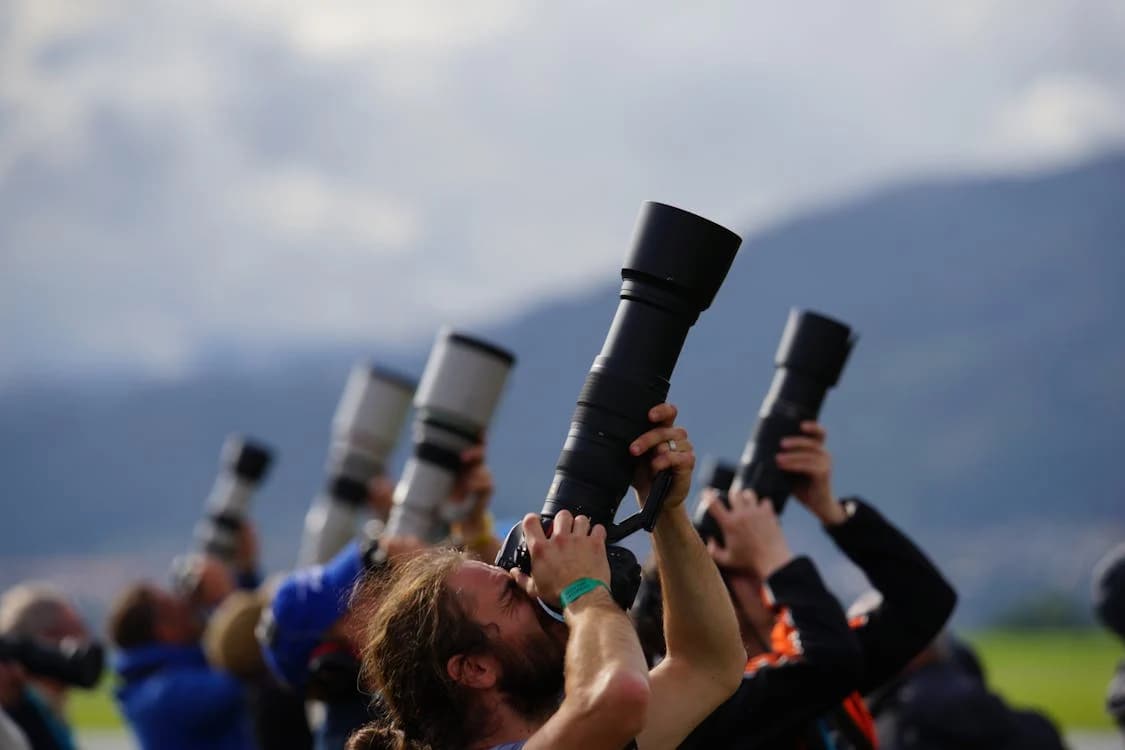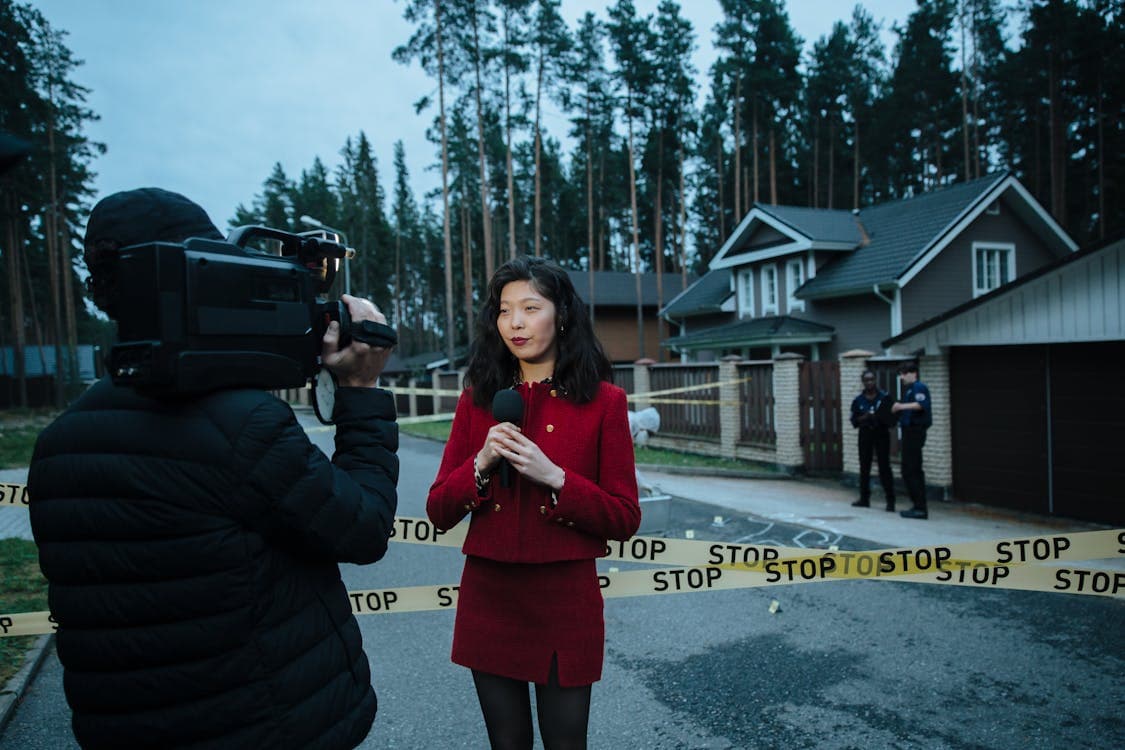
Covering Natural Disasters: Tools and Techniques for Journalists
Natural disasters are among the most challenging events for journalists to cover. From hurricanes and earthquakes to wildfires and floods, these events demand swift, accurate, and sensitive reporting. The role of a journalist during such times is critical, not just for providing information but also for ensuring public safety. To achieve this, journalists rely on a variety of tools and techniques that help them gather accurate information, report in real-time, and convey the gravity of the situation to the public. This article explores some of the essential tools and techniques journalists use to cover natural disasters effectively, with a particular focus on how Flight Radar 24 aids in tracking flight patterns during emergency evacuations.
Real-Time Data Sources
In the age of instant information, real-time data sources have become indispensable for journalists. These tools provide immediate access to crucial data that can shape the coverage of a natural disaster. One such tool is FlightRadar24, a service that tracks flights worldwide in real time. During natural disasters, Flight Radar 24 becomes particularly valuable. It allows journalists to monitor evacuation flights, track the movement of aid and rescue missions, and provide accurate updates on airport statuses. This information is not only vital for news reporting but also for informing the public about safe evacuation routes and available flights.
Alongside Flight Radar 24, journalists use various other real-time data sources. Social media platforms like Twitter and Facebook are rich with firsthand accounts and updates. Platforms like these often serve as the first indicators of a disaster’s impact. Journalists can track trending hashtags, eyewitness reports, and official statements from local authorities to piece together a comprehensive picture of the unfolding event. Additionally, tools like Google Crisis Map provide real-time updates on affected areas, including road closures, shelter locations, and the severity of the disaster. These data sources are crucial for journalists to deliver timely and accurate information to the public.
Essential Tools for Field Reporting

When covering natural disasters, journalists often find themselves on the front lines, reporting from affected areas. To do this effectively, they need a range of tools that enable them to capture, communicate, and transmit information quickly and efficiently.
- Mobile Devices and Apps: Smartphones and tablets have become essential tools for journalists in the field. Equipped with high-quality cameras, these devices allow reporters to snap images and videos instantly. Apps like LiveU and Periscope enable live broadcasting, ensuring that audiences receive real-time updates directly from the scene. Additionally, satellite phones are indispensable in areas where cellular networks are down, allowing journalists to maintain communication with their newsrooms and provide updates.
- Drones: Drones have revolutionized the way journalists cover natural disasters. These unmanned aerial vehicles can capture aerial footage of affected areas, providing a unique perspective that ground reporting cannot achieve. Drones are particularly useful for assessing the extent of damage, identifying areas that are inaccessible by foot, and monitoring ongoing situations such as wildfires or flooding. The footage captured by drones can be invaluable for both news reports and informing emergency services about critical areas that need attention.
- Personal Safety Gear: Covering natural disasters often means working in hazardous conditions. Journalists must prioritize their safety by using appropriate gear. This includes protective clothing, helmets, and masks, especially in situations involving fires, floods, or toxic spills. First aid kits and emergency supplies such as water and food rations are also essential. Being well-prepared ensures that journalists can continue to report effectively without compromising their health and safety.
Techniques for Effective Reporting
Beyond tools, journalists must employ specific techniques to ensure their reporting is both impactful and responsible. Covering natural disasters requires sensitivity, accuracy, and a deep understanding of the situation at hand.
- Verifying Information: In the chaos of a natural disaster, misinformation can spread rapidly. Journalists must be diligent in verifying the information before reporting it. This includes cross-referencing data from multiple reliable sources, such as local authorities, emergency services, and verified social media accounts. Tools like Google Fact Check Explorer can assist in identifying false information and ensuring the accuracy of reports.
- Humanizing the Story: While data and statistics are important, the human element of a disaster is what resonates most with audiences. Journalists should focus on telling the stories of those affected, highlighting their experiences, struggles, and resilience. Interviews with victims, rescue workers, and officials provide a personal perspective that numbers alone cannot convey. These stories help humanize the disaster, eliciting empathy and understanding from the audience.
- Providing Practical Information: During natural disasters, the role of a journalist extends beyond reporting the news. They must also provide practical information that can help keep the public safe. This includes updates on evacuation routes, shelter locations, and emergency contact numbers. Integrating this information into news reports ensures that the audience is not only informed but also equipped to take necessary actions.
The Role of Collaboration
Effective coverage of natural disasters often requires collaboration between journalists, news organizations, and various agencies. By working together, they can ensure comprehensive and accurate reporting.
- Collaboration with Local Authorities: Journalists should establish strong relationships with local authorities and emergency services. These entities are primary sources of information during disasters, providing updates on rescue efforts, safety measures, and the overall situation. By collaborating with these sources, journalists can ensure that their reports are accurate and aligned with official information.
- Partnering with Other News Organizations: In the face of a large-scale disaster, pooling resources with other news organizations can enhance coverage. Shared resources, such as footage, data, and on-the-ground reporters, enable more extensive and detailed reporting. This collaboration can also help ensure that information is disseminated widely and efficiently.
- Engaging with the Community: Journalists should actively engage with the affected community to gather firsthand accounts and insights. Community members can provide valuable information about the local impact of the disaster, which might not be evident from official reports. Engaging with the community also helps build trust and ensures that the voices of those affected are heard and represented in the news.
Conclusion
Covering natural catastrophes is a daunting task that calls for journalists to be well-equipped, prepared, and sensitive to the situation. The use of real-time data sources like Flight Radar 24, alongside other essential tools and techniques, enables journalists to provide accurate, timely, and impactful coverage. By prioritizing accuracy, humanizing stories, and collaborating with various entities, journalists can fulfill their critical role in informing the public and aiding in disaster response efforts. As technologies continue to evolve, the tools and methods available to journalists will only improve, enhancing their ability to cover natural disasters effectively and responsibly.